How to get rid of mice from a garage — 7 simple steps for removing these squeaky pests
Pest experts explain how to get rid of mice from a garage quickly and effectively

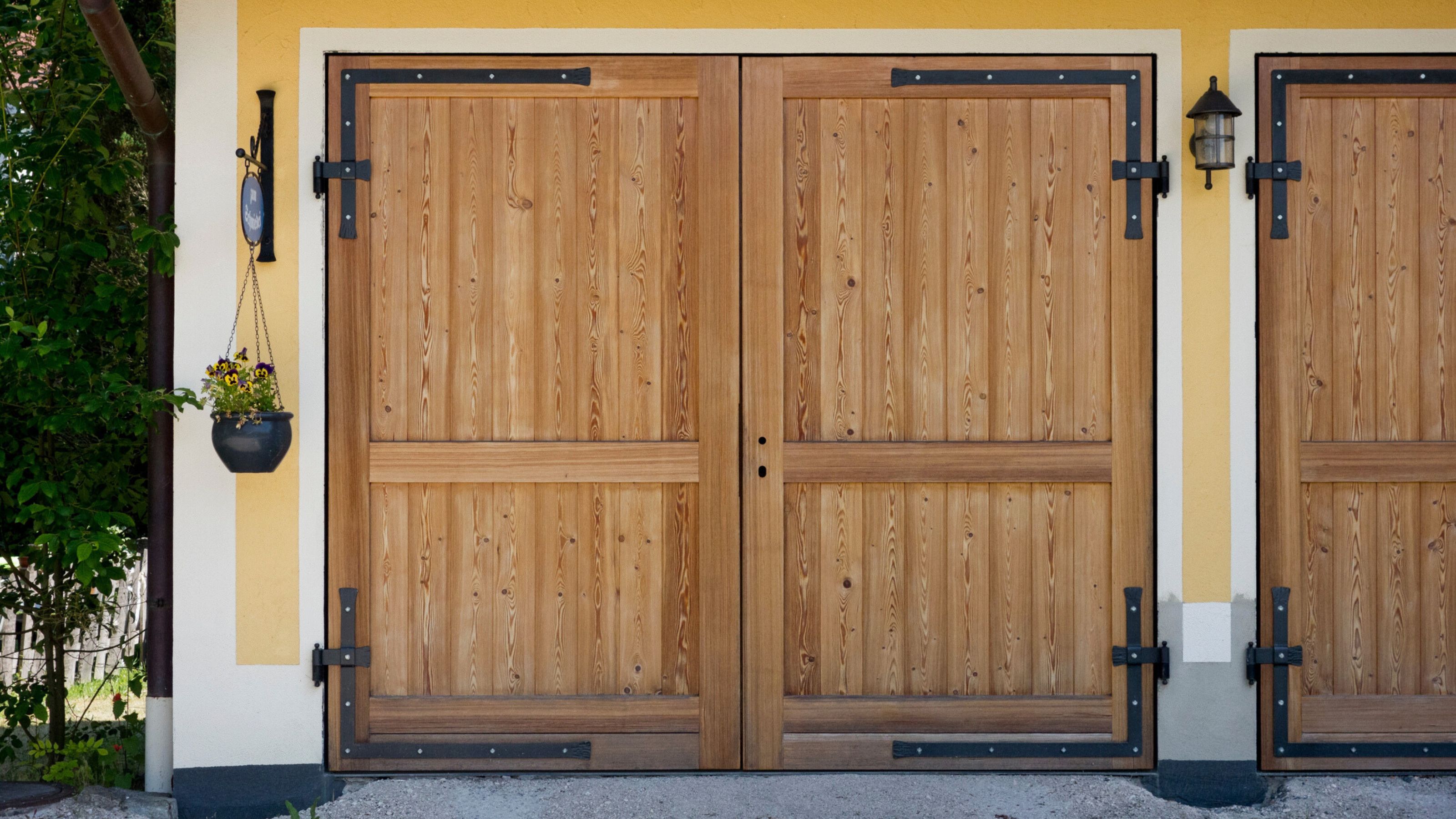
You might want to find out how to get rid of mice from a garage if your storage space is sounding a little squeaky, you're seeing signs of these critters around, or you've come face to face with these unwanted furry guests.
As panic-inducing as this can be, try to first stay calm. It takes seven steps to get rid of mice in your garage and in this guide, our pest control pros share where to check for signs, how to eliminate mice from your storage space, and how to ensure that they don't come back in.
If you're trying to get rid of mice in your home and are specifically stuck on what to do in your garage, we've got you covered with a whole range of tips and tricks.
Pros reveal 7 steps to rid your garage of mice
Once you've figured out the differences between mice and rats and are sure you have mice in your garage, it's time to get rid of them.
Our pros have recommended some products to help you do this, and we have carefully curated highly-rated matching buys from trusted retailers.
The prices below were correct at the time of publishing this article.
Step 1: Find entry points
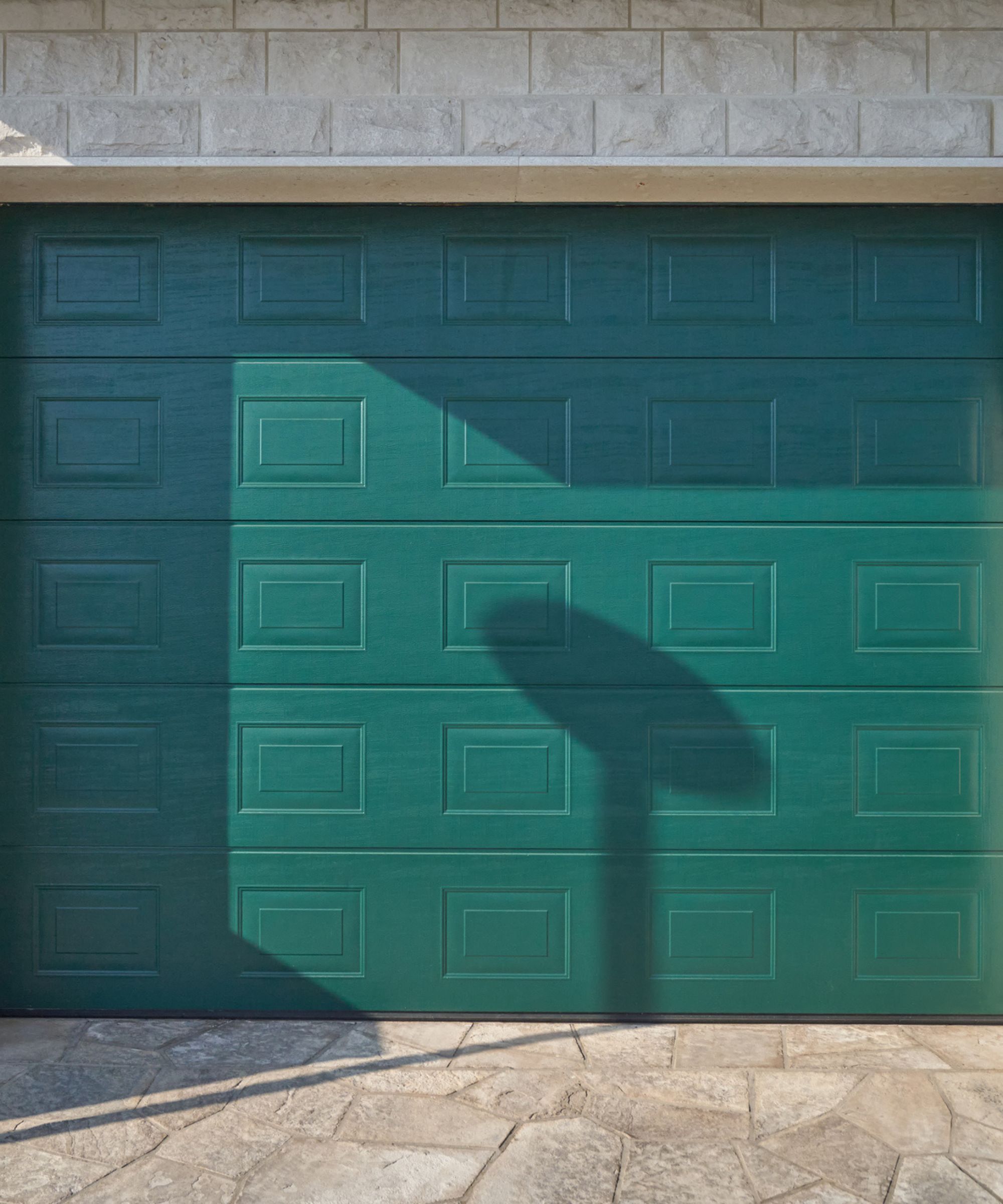
As with many pesky pests, the most critical step in eliminating or preventing a mice or rodent issue in a garage, to find the entry points being used by the critters to get in and out.
Get small space home decor ideas, celeb inspiration, DIY tips and more, straight to your inbox!
“Mice can fit through an opening roughly the size of ¼ inch, and a rat needs an opening roughly ½ inch,” explains Damian Marcello, pest expert and associate certified entomologist with Fox Pest Control.
“The structure should be thoroughly inspected from the foundation to the roofline for any gaps, cracks, or holes that may allow rodents access to the interior,” he says.
Special attention should be paid to overhead and main doors. “To properly inspect doors, turn all lights off inside, close the doors and look for light coming through,” Damian adds.
If there is light coming in from the exterior and the gaps are greater than ¼ inch, then appropriate repairs should be made.
Step 2: Seal gaps
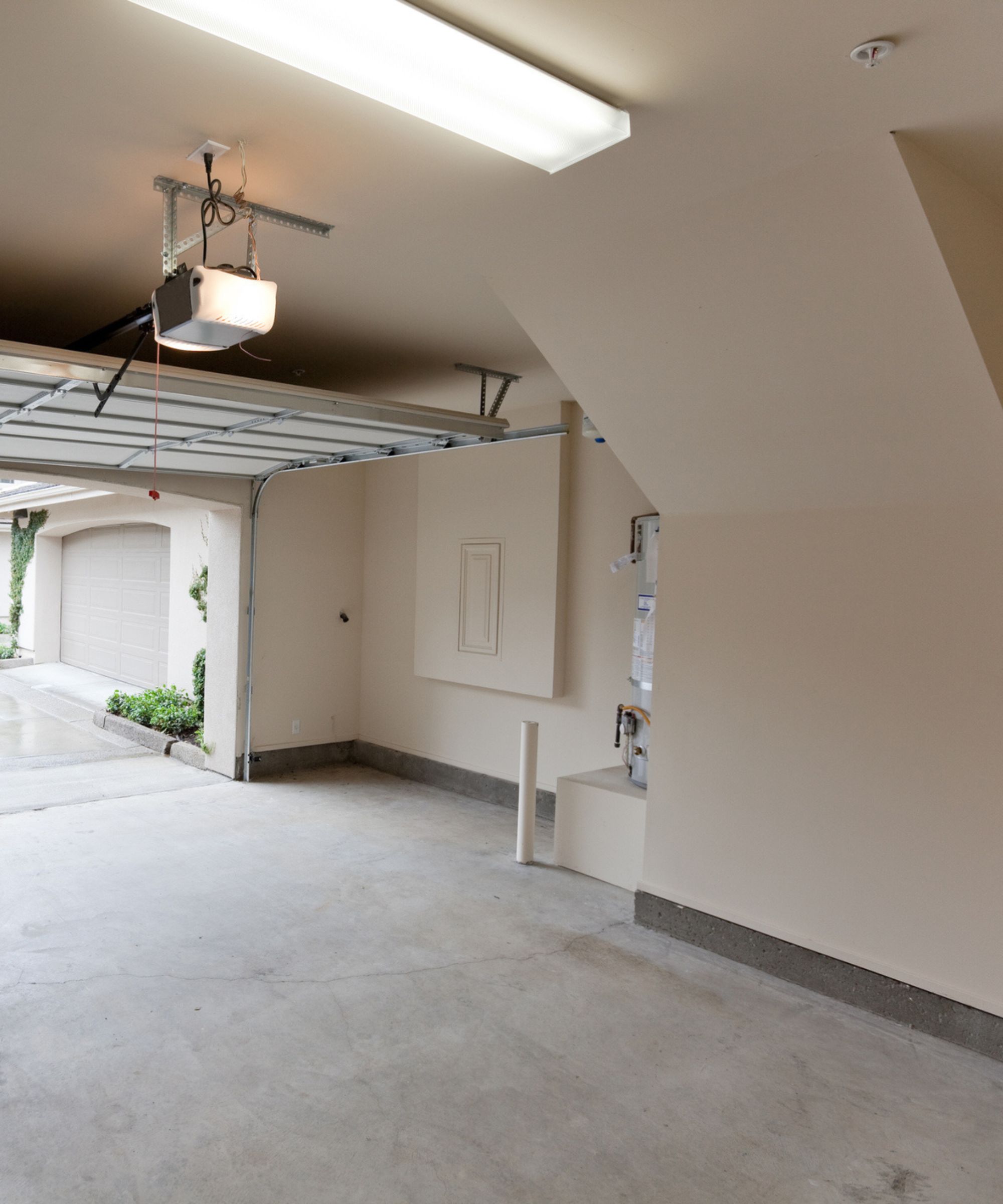
Once you’ve figured out where the mice are gaining access to your garage, it’s important to pick the right materials for sealing up areas.
“Materials used for exclusion should be able to withstand the elements of the environment that the building is located in,” explains Damian.
He recommends choosing flexible caulk or silicone for gaps (the Shemall Silicone for Gaps from Walmart can be cut to size and are dishwasher safe) and copper or galvanized wire mesh (the Californistan Copper Mesh from Amazon is specially made for rodent control and is thickly textured) for larger holes.
Step 3: Remove nesting sites

So, you’ve blocked the entry routes to stop mice from going into your garage. The next step is making sure they aren't tempted to make their home there.
Damian explains, “After all the entry points are excluded, then all possible nesting sites and nesting materials such as paper, cardboard, and cloth should be inspected and removed or elevated from the floor.”
He recommends making sure there’s an 18-inch minimum gap between the floor and where you keep these items.
Consider garage shelving solutions stacked with sealed boxes to store your items, rather than having them loose.

Size (in.): H71.18 x W24.49 x D11.57
Made from: Wood
Price: $40
Looking for an inexpensive way to bring garage shelving into your home? This Target bookcase comes in at only $40, which is impressive considering its size and storage capacity. It comes in white, espresso brown, and black, which are all very sleek. Target shoppers love it, with over 1,000 shoppers giving it five stars and raving about its sturdiness.
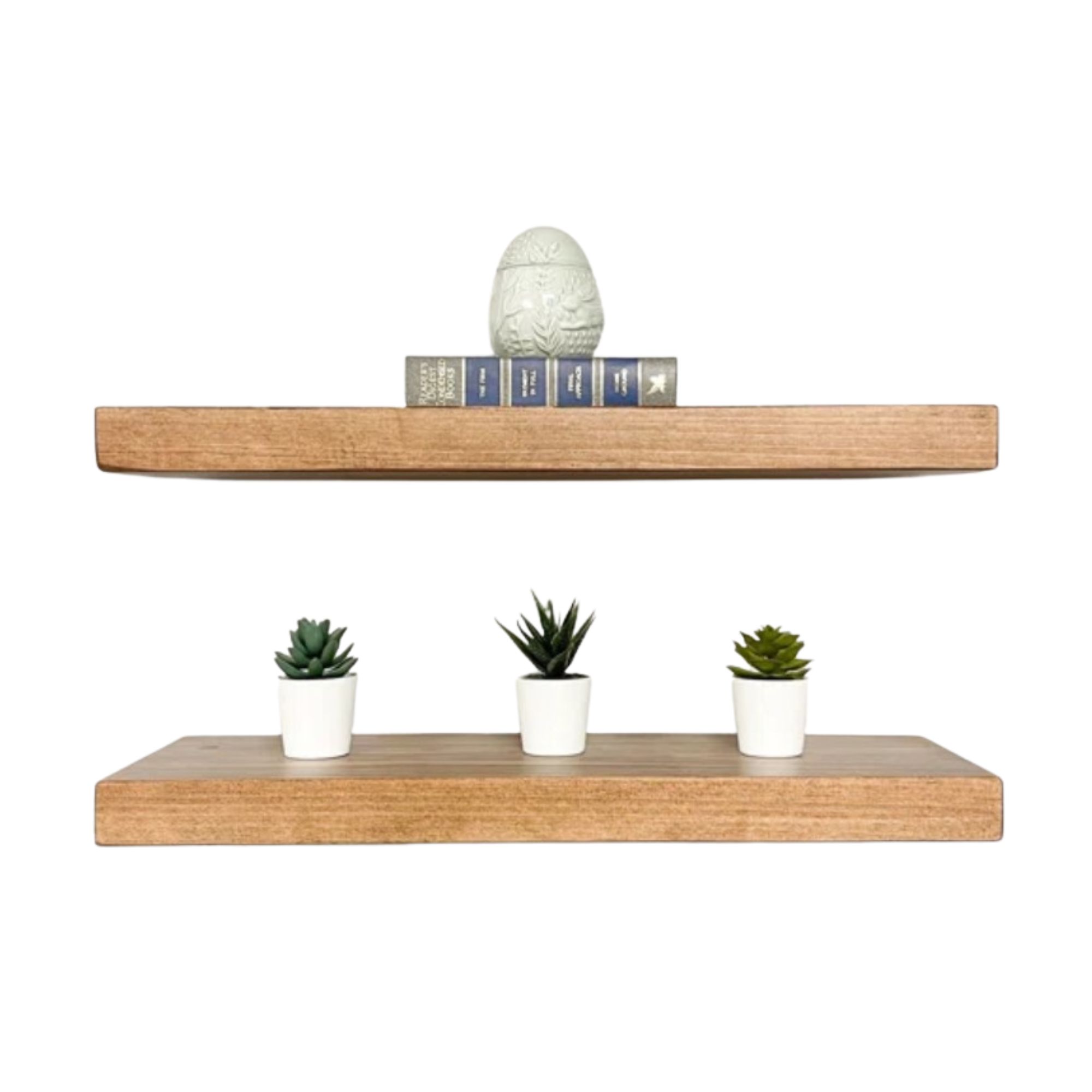
Size (in.): H1.75 x W24 x D10
Made from: Wood
Price: $195.99 for two
If you have a small garage, choosing wall storage solutions may be better than having large, industrial shelves. These come with everything you need for installation, including strong brackets and anchors. They're also made from solid wood, making them strong enough to handle all the heavy boxes you might have in your space.
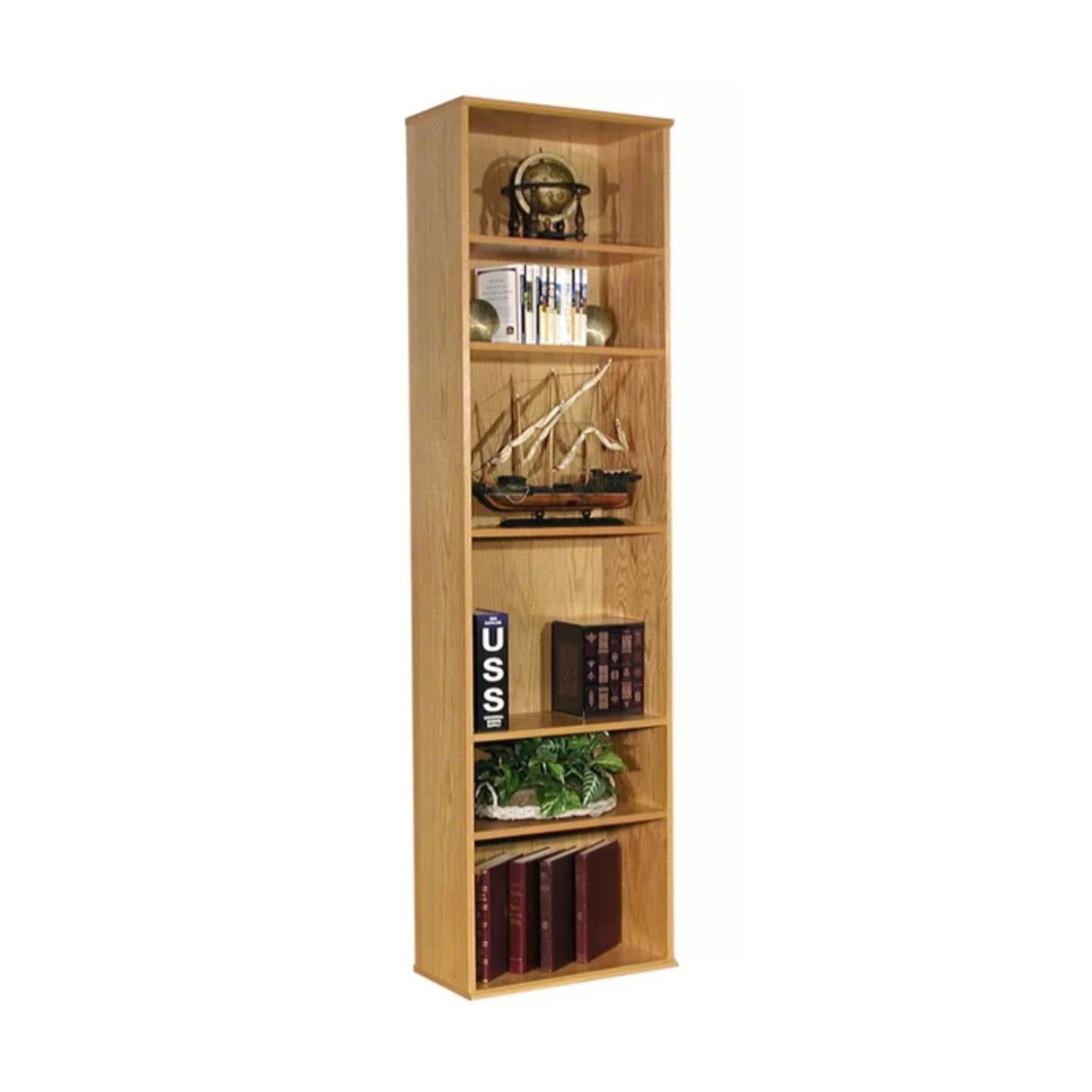
Size (in.): H85.5 x W24 x D12
Made from: Wood
Price: $409.99
Add style and strength to your garage with this shelf that is ideal for storing different sized boxes. Assembly is required for this, but once you've done this, you'll have a shelf you can use for years to come. The panels at the back are also balanced and specially-made so not to warp or bow in extreme temperatures.
Step 4: Declutter your garage
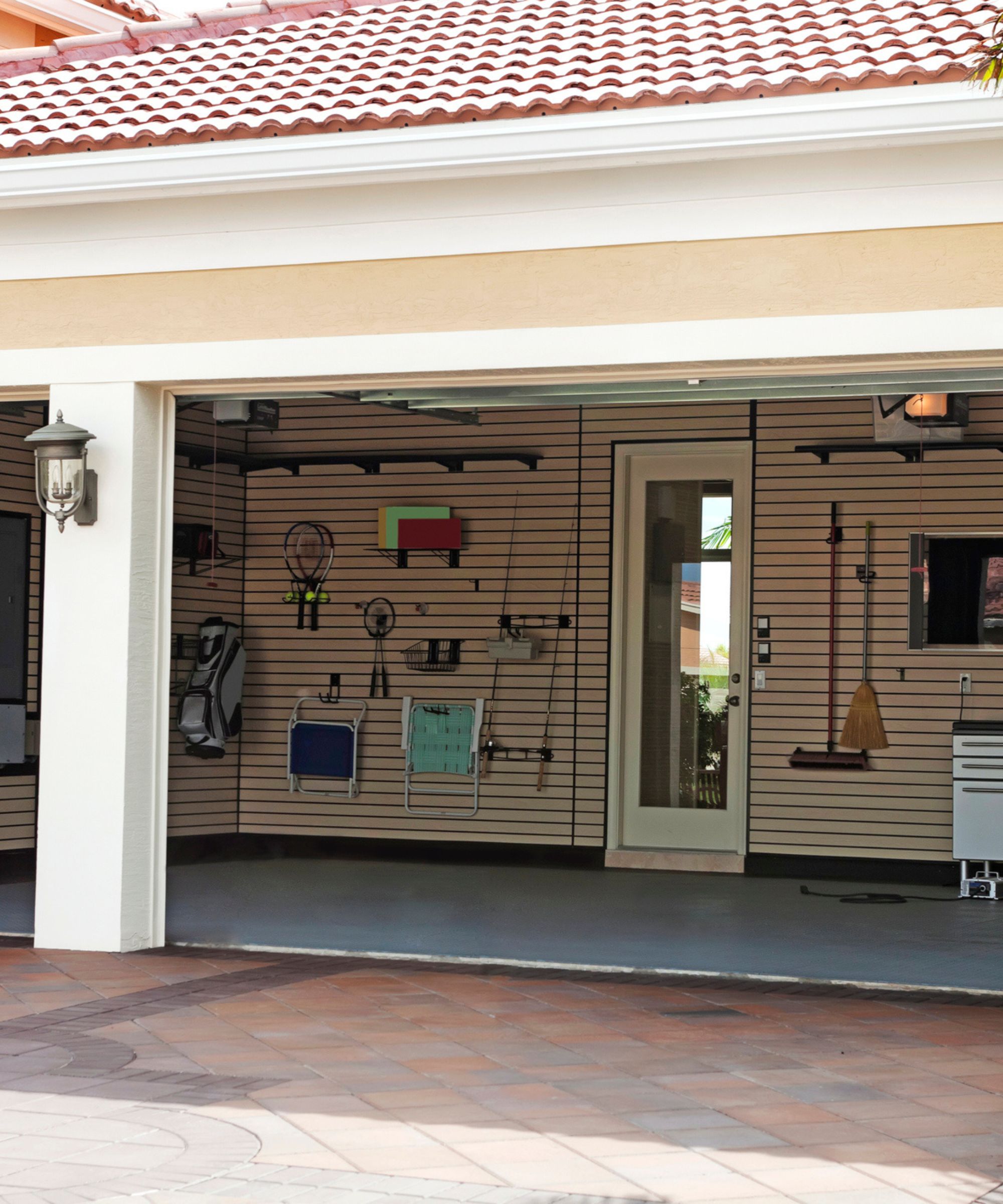
If you’ve utilized garage storage ideas and have miscellaneous boxes in it, it’s time to take stock of what you have and declutter your home.
“Rodents will nest in just about anything but prefer to harbor in areas where there is little to no disruption,” Damian says.
“The less clutter in an area, the less likely the rodents will want to stay in an area,” he adds.
Once you’ve removed any unwanted items, you can then learn how to organize your garage to ensure it stays neat and tidy in the future.
Step 5: Lock up food

It’s a good idea to remove any reason for mice wanting to enter your garage, which includes not allowing them to get to snacking sources.
“Place bird seed, pet food, and any other food items into airtight containers and keep them off the floor,” suggests Bob Gilbert, pest control expert and entomologist at Blue Sky Pest Control.
“Getting rid of other foods will drastically increase your chances of attracting mice to your bait,” he adds.
We recommend finding out the best places to buy storage boxes and stocking up. We also advise checking ratings before you buy — for example, the Chef's Path Airtight Food Storage Containers on Amazon have over 63,000 five star reviews (yes, really!) from shoppers who love the quality, size, and airtight seals.

Size (in.): H6.3 x W4.3 x L4.3
Made from: Plastic
Price: $14.91
OXO Good Grips has a huge range of airtight containers that are ideal for storing everything from grainy bird food to chunky pet treats. This opens with just the press of a button, is made from BPA-free plastic, and is dishwasher safe. I also like the fact it can be stacked with other containers from the OXO range, which will allow you to keep them all together in your garage.

Size (in.): H7.6 x W6.3 x L10.6
Material: Plastic
Price: $16.49
I like the fact this has a helpful flip-up lid, so if you are reaching for pet treats, you can do so and then lock them up just as quickly. The silicone seal also ensures that your food will stay fresh and that it won't spill onto the floor for mice to feast on. It's also dishwasher safe, so you can easily clean it and put it back in your garage once it's empty.
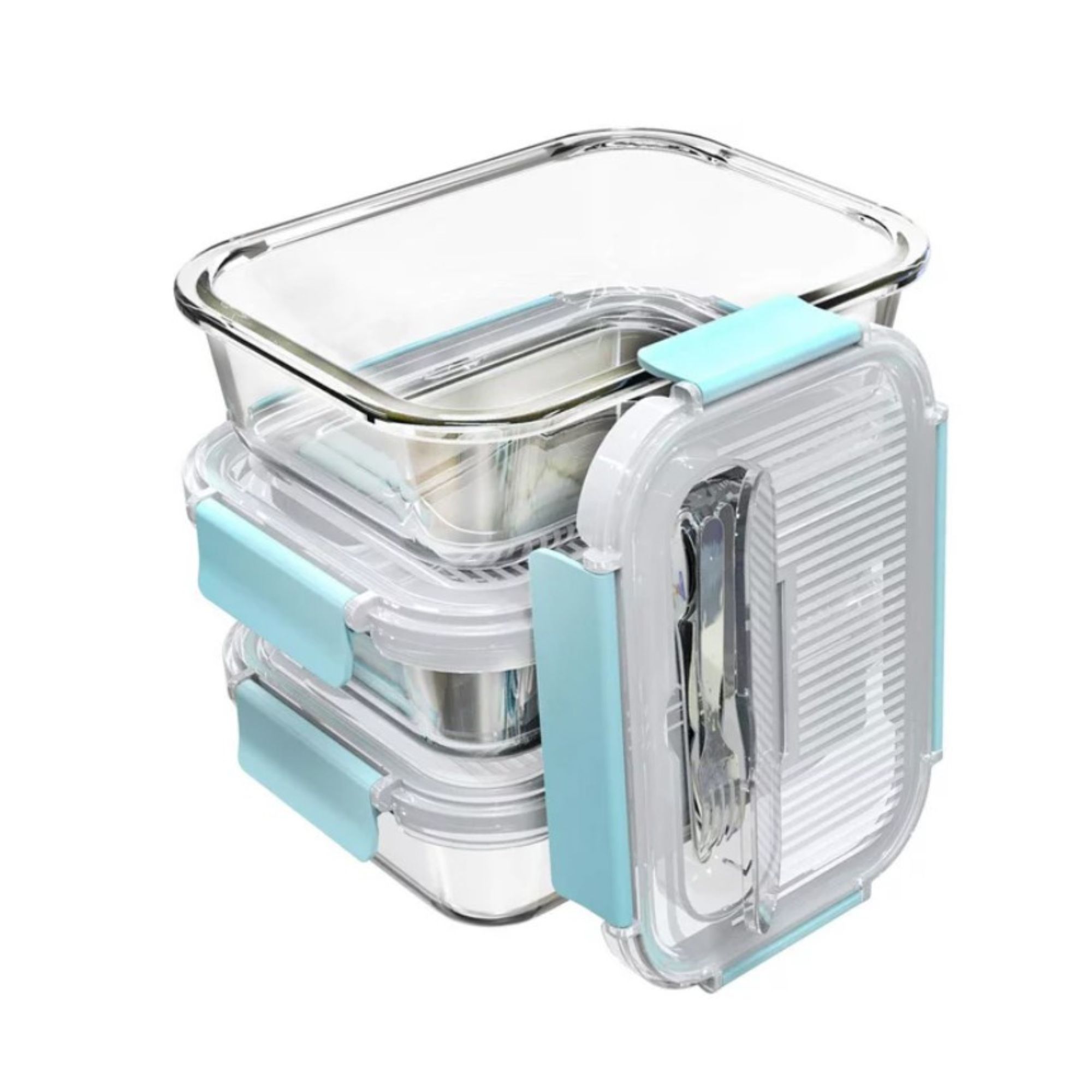
Size (in.): H2.4 x W5.7 x L7.6
Material: Glass
Price: $26.99 for three
While glass containers are a little more of an investment, they are extremely robust and long-lasting. The borosilicate glass for easy heating and durability. These are freezer safe, so if you do have a freezer in your garage, you can be rest assured they won't crack. Walmart shoppers say they're deep, hold a lot of food, and are heavy.
Step 6: Set traps

This isn’t the nicest part of the process, but if you’ve blocked out entry points and removed clutter but still found mice in your garage, more action will be needed.
“I recommend placing several traps in areas where mice are traveling — you can check for droppings or urine stains to determine where the rodents are going,” says Bob.
If you need to stock up on traps, the Victor M035-12 Mouse Traps from Amazon have over 12,000 five-star ratings and are reusable and disposable.
“Mice are small animals and are high on the menu for many predators including domestic cats, so think like a mouse when placing traps,” he suggests.
Bob says this means they should be someplace where the mouse will feel secure, not out in the open, and away from children or pets.
Step 7: Try rodenticides
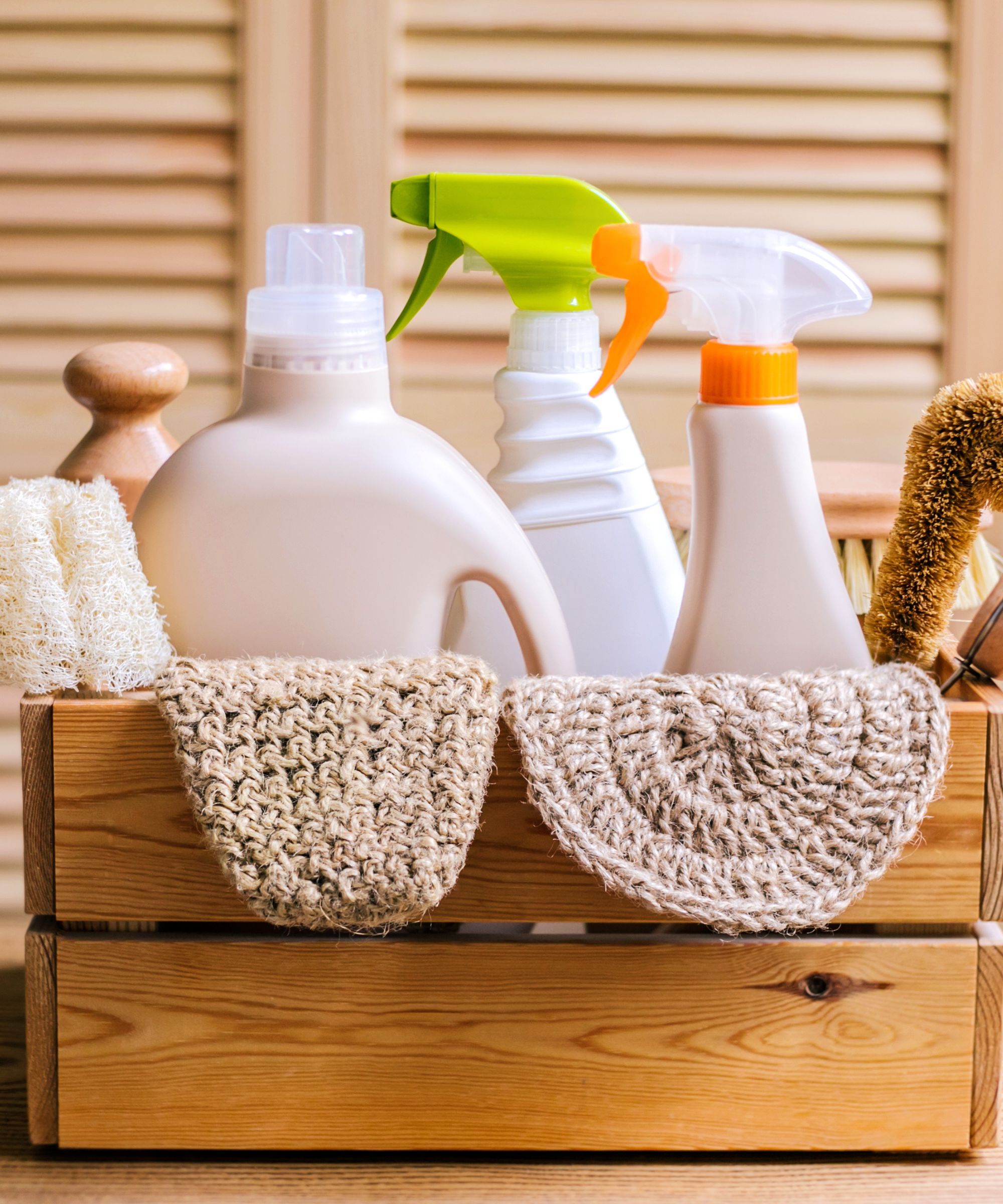
For those looking for a no-nonsense, guaranteed solution, using rodenticides could be the route for your garage mice problem.
“Rodenticides can be toxic and or fatal to non-target species, so caution must be used when they are placed out,” says Damian.
We recommend eco-friendly cleaning supplies such as the Mighty Mint Peppermint Oil Rodent Repellent Spray from Amazon, which is extra-concentrated and will scare rats away without having to harm them.
“It is always recommended that with a rodent issue or any other pest issue, a professional be consulted prior to attempting,” Damian adds.
Learn how to repel mice from your home in our dedicated guide.
By applying these steps when removing mice from a garage, you’re sure to wave goodbye to these whiskered pests.
“The main takeaway answer is to exclude the mice from entering and to eliminate food supplies, so your garage is less attractive to rodents in the first place,” Bob finishes by saying.
If you’ve tackled mice but have also found creepy crawlies in your garage while cleaning, finding out how to remove ants from your home may also come in useful.

Hi there! I’m the former content editor at Real Homes and I'm now a freelance journalist.. I've been a lifestyle journalist for over five years, previously working as an editor across regional magazines. Before this, I graduated from Nottingham Trent University a degree in journalism, along with an NCTJ gold diploma. For Real Homes, I specialized in interior design, trends and finding the best viral buys.